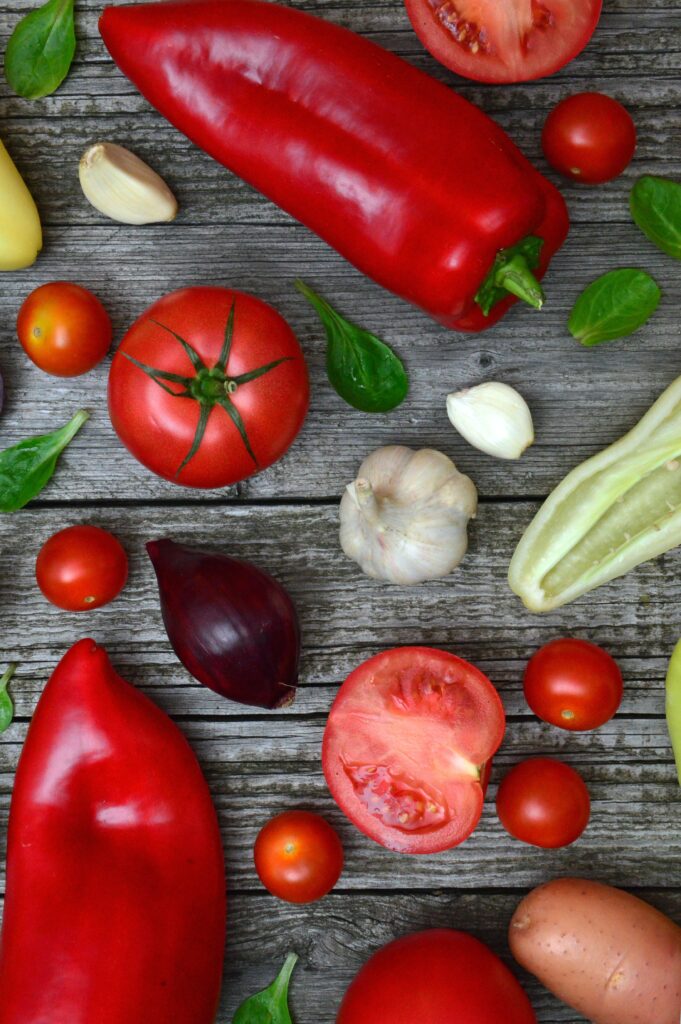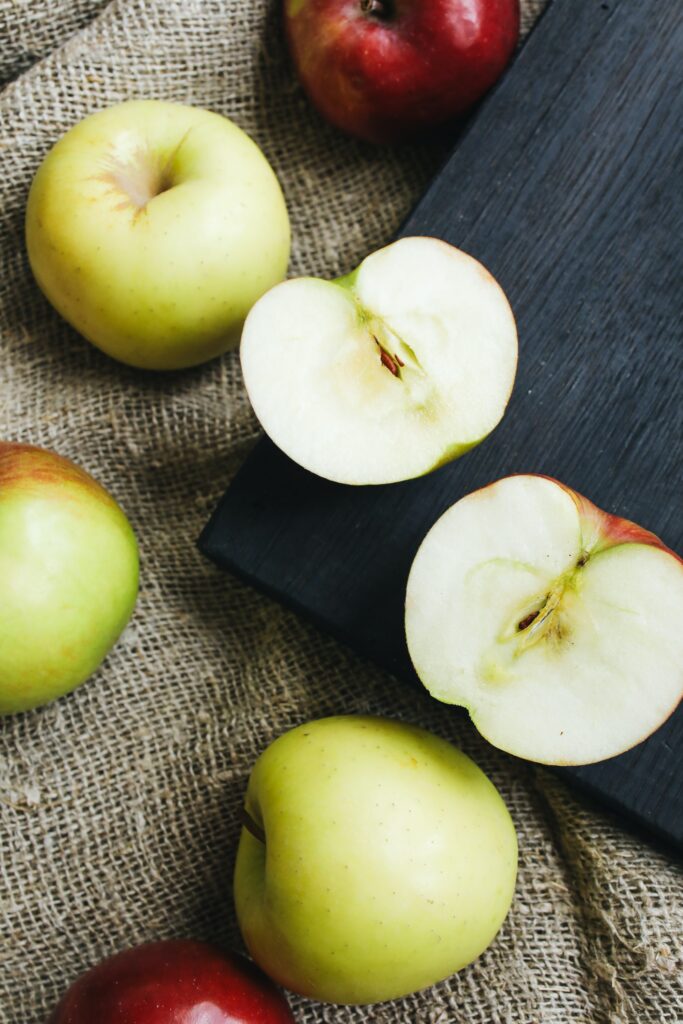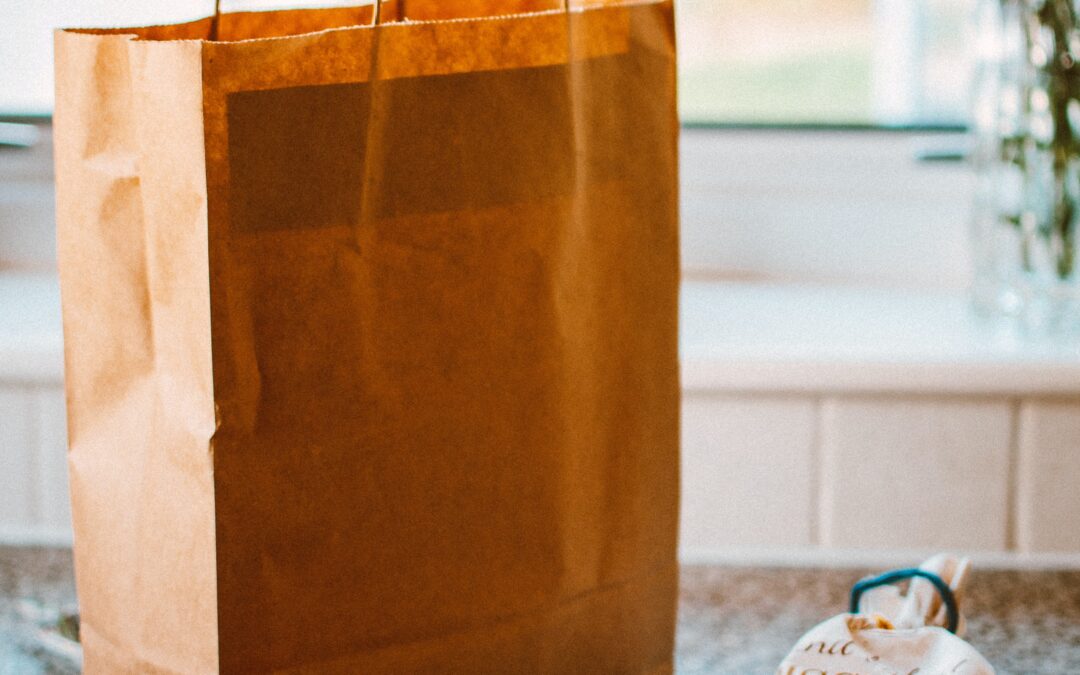The average American family wastes about 40% percent of the food that they buy each year (according to the FDA), which roughly converts to around 250 pounds of food wasted by the average American family. That’s huge! What would you do if you got almost half of the money that you spent on groceries back each year? With groceries up roughly 11% across the board from last year that is a lot of wasted money, not to mention resources that could be put to better use. I have done some research, thought about what grandma did, and put together a list of some ways you can keep your food fresher longer, and save money. Be sure to read the whole list—I am willing to bet there’s at least one idea you haven’t heard of yet!
General Good Practices
Get it Ready
If you buy food that is going to take some prep work before you can eat it (like whole carrots or celery), do this as soon as you get home while you are putting your groceries away—that way you’re ready to grab and go!* If you eat a lot of cut veggies you may want to invest in a veggie chopper. This will drastically decrease the amount of time you spend in the kitchen!
*A Note About Whole Carrots: I recently learned that buying whole carrots and washing them well but not peeling them is good for your gut! There are probiotics present on the skin of the carrot (those little black dots on the carrot)! Check out the podcast that I learned that on here.
Keep it Fresh
Placing paper towels in the bottom of your produce drawer soaks up moisture and keeps your veggies from rotting prematurely. I recently started using these drawer liners from Norwex which can be easily washed and reused and, unlike paper towels, have the added benefit of inhibiting the growth of bacteria within the liner.
Check out the Norwex Drawer Liners Here

Storing Veggies and Perking Up Old Vegetables
Remember those carrots and celery we were just talking about cutting up? See how long they stay fresh once you place them in a little bit of water in an airtight container. There’s a reason there’s always water in those bags of baby carrots!
Asparagus: Store your asparagus with the ends in a little bit of water in a glass or open jar—it will stay fresher this way.
Wilted Lettuce or Bell Peppers: If you have some lettuce that is wilted or bell peppers that are getting wrinkly, cut the peppers in half and soak them. Do this right before you are ready to use them and you’ll be amazed at how much they revive!
Mushrooms: I haven’t tried this one, but wrapping your mushrooms in a paper towel before storing them should keep them from getting slimy.
Herbs: You can freeze herbs like you would other veggies to keep them from going bad. Another way to do this, which I especially like, is to add oil to them and then freeze the herbs in an ice cube tray. When you need to use the herb you will already have the oil there ready to go!

Fruits
Berries: For most of your berries, raspberries, blueberries, and strawberries, rinse them really well when you get them home then let them dry really well—like really well, then transfer them to an airtight container.
Grapes: Unlike most fruits and veggies, grapes will last longer if they are not washed right away. Grapes naturally have a white film, called the “bloom” on them which helps protect against moisture and decay. Wait until you are ready to eat your grapes before washing them.
Lemons: It is usually much more cost-effective to buy a bag of lemons than an individual lemon but will you use it in time? Storing lemons floating in water will keep them fresher longer. Alternatively, you can always freeze the juice of a lemon in an ice cube tray so you have tablespoon amounts of it at the ready. You can also freeze lemon peel.
Cheese: I’m going to start doing this one: rub butter on the end of your block of cheese that you sliced off. The butter will seal the moisture into the block and keep it from getting dry.
Pantry Items
Salt and Sugar: If you live in a humid climate and have salt or brown sugar that is sticking, try storing them with another food to help absorb the moisture.
For salt, add a few grains of rice to the salt shaker to absorb the moisture.
For brown sugar: try adding a marshmallow or even a small piece of bread to keep the sugar from turning rock hard. If your sugar is already hard, throwing in a marshmallow can still help.
Flour and Beans: It really takes forever for dried beans to go bad and it takes flour a long time to get stale too. But if you live in an area where you have to worry about bugs getting into your food it may make sense to take the time to seal your food. Sealing your food in bags that you can vacuum seal is a cost-effective way to keep your food good for a very long time. I have used a vacuum sealer over the years and have been very happy. I have even sealed then frozen Christmas cookies! I thawed them out and took them to a Christmas party and still had people asking for my recipe. 😉
While we’re on the subject, beans are pretty cheap no matter how you buy them but dried beans are about half the price of canned. You may have to eat a lot of beans to make this difference felt in your budget but hey—every little bit can count!
Honey: Honey never really goes bad but it can crystalize but you can fix it! Try carefully heating the honey in the microwave or soaking your glass jar of honey in hot water to revitalize it.
Salvaging the Scraps
What To Do With Veggies That Have Already Seen Better Days: If you have tomatoes that are on their very last leg; try turning them into sauce or roasting them and then storing them in oil for another week!
Overripe Fruit: The same goes for overripe fruit as with tomatoes. You can cook the fruit down to make preserves or apple sauce. Another option I enjoy is to turn the fruit into a cobbler. In either case, you generally want your fruit to be slightly overripe.
Freeze: You can always freeze fruits and veggies before they are bad. Frozen overripe bananas can be thawed to make banana bread.
I also froze a bag of fresh asparagus that we hadn’t gotten around to eating. I thawed it and we ate it. I realized that buying asparagus fresh and freezing it is more cost-effective than buying a bag of frozen asparagus—by about 50%! Generally, it is cheaper to buy frozen fruits and veggies but not always. Keep your eyes open!
Freezing Meals: If you make something like lasagna and don’t feel like eating it for a week, freeze half for later.
Saving the Scraps
So what to do with the peeling from the carrots? The stem of your mushrooms? The tops of your celery? Save these scraps (again you can freeze them) and you can make stock out of them. I have been making my own chicken stock (do you know how good bone broth is for you??) and adding these veggies to flavor it, but you can make vegetable stock too. Not only will this be a healthier alternative than adding a bouillon cube but you get to use your scrape and save money by not having to buy stock.
What to do with all the stock you made? That’s right, freeze it! I like to freeze mine flat in gallon storage bags but you can also freeze it in an ice cube tray and then transfer the cubes into a bag after they are frozen.
I hope there’s at least one new idea in here that can help you keep your food fresher longer and if not—help you to salvage some almost expired food before it goes bad. Do you have any food saving methods that I didn’t mention here? Connect with me on social media—I’d love to learn from you too!

